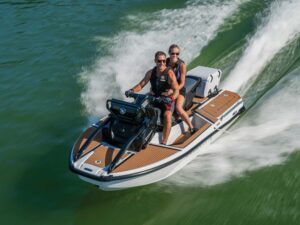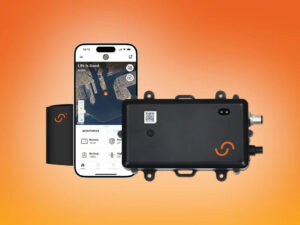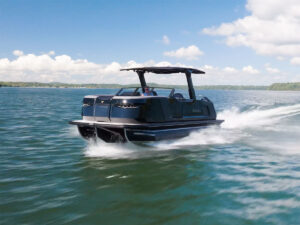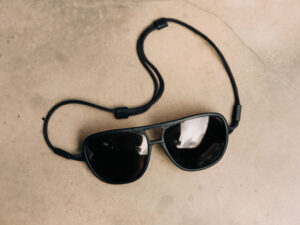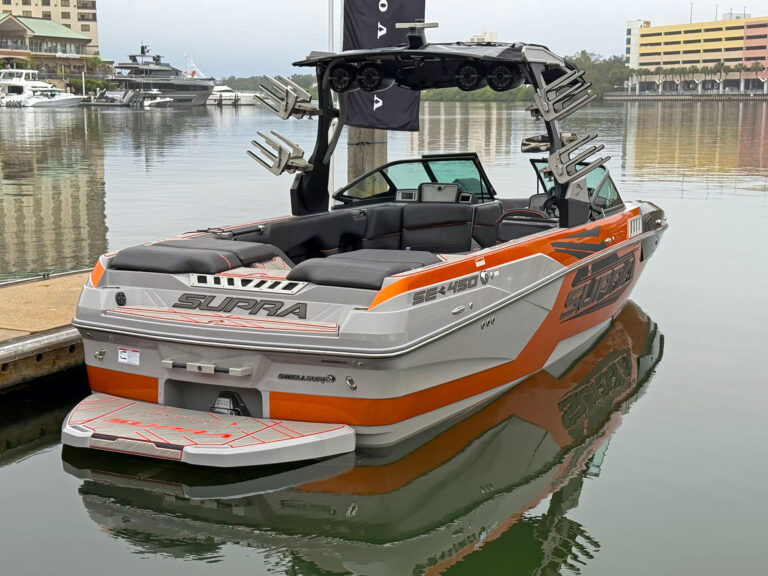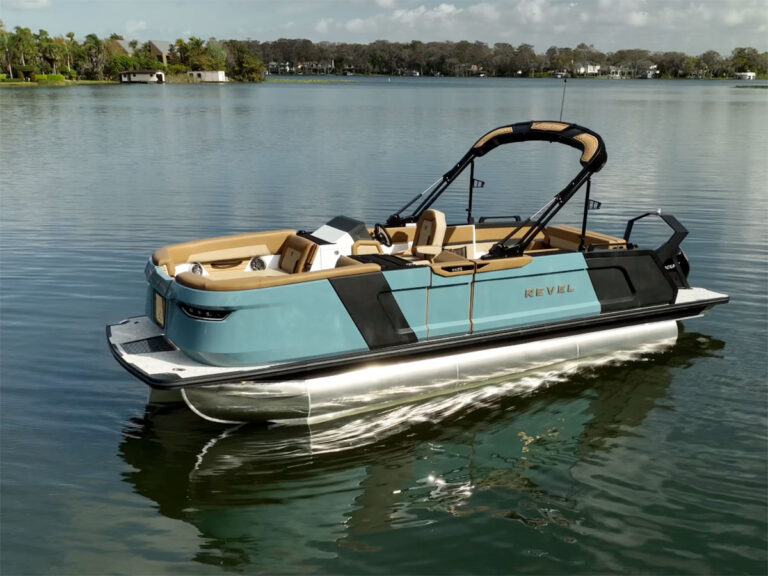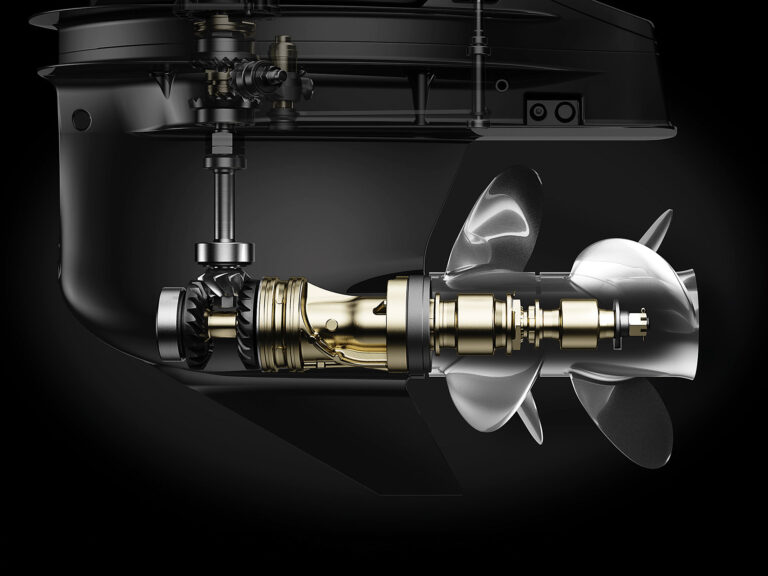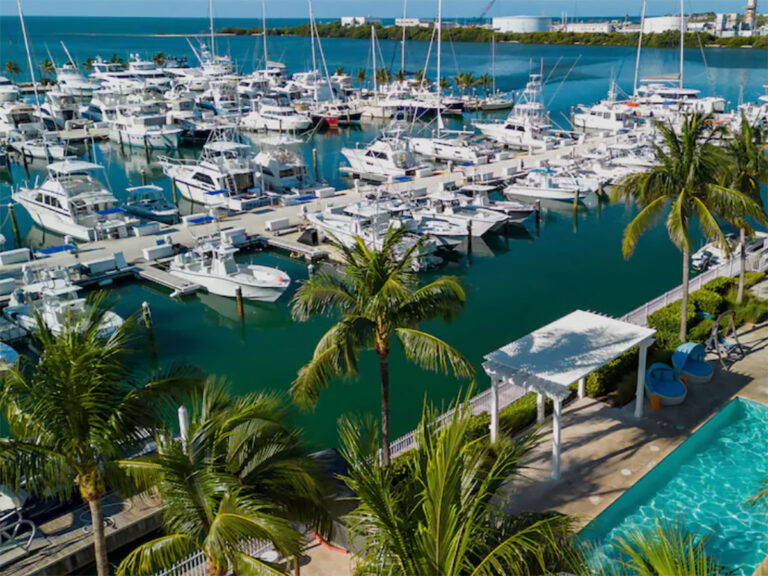As we slowed down to idle through a narrow, quarter-mile-long cut between Michigan’s Torch Lake and Clam Lake, I turned over the helm of the 20-foot runabout to my buddy while I took a moment to check for voice mail.
I barely got out my phone when my friend — a newcomer to boating — began swinging the wheel wildly to starboard and then back to port, as the sterndrive-powered bowrider carved a wobbly slow-motion S-course through the pass.
“What are you doing?” I asked.
“I am trying to keep it straight,” he answered in a panicked tone, “but it keeps veering from side to side.”
Ah, I forgot to warn him about this annoying quirk known as low-speed wander. It occurs more frequently with single sterndrives but can also plague boats with single outboards.
After offering him a few words of reassurance, I advised him to not oversteer but instead to try smaller corrections. Within a few minutes, he got the hang of it, and our course became far less torturous.
Experienced boaters know how to correct for low-speed wander, but few know what causes it.
Roy Ellis, senior project manager of product development for Monterey Boats, said it’s the result of water rushing aft along the sides of the boat and then collapsing into the hole behind it.
This creates swirling vortices of water that exert suction on each side of the transom, pulling the boat back to the right and then left, Ellis said. Prop torque only exacerbates the problem.
Inboard boats typically don’t suffer from low-speed wander because their rudders have enough surface area to overcome the tendency to veer off course.
Sterndrives and outboards don’t really have much of a rudder, relying more on directional prop thrust. At low speeds, prop thrust is not as effective as a rudder for maintaining a straight course. And that’s why sterndrives and outboards are more prone to low-speed wander.
Here are four tricks that might help minimize its effects:
–Trim up slightly. Trimming the drive or outboard up a bit can minimize the effects of prop torque, and this might help keep the boat on a straighter course.
–Put the tabs down. If you have trim tabs, try putting them down all the way. These can act as horizontal stabilizers to keep the stern from wagging.
–Go to four blades. The greater surface area of a four-blade propeller has a bit more low-end thrust for better steering effectiveness and a straighter course.
–Switch to a dual-prop drive. Admittedly an expensive alternative, a dual-prop drive such as a MerCruiser Bravo Three or Volvo Penta Duoprop has more effective prop thrust for maintaining course at idle speeds.

